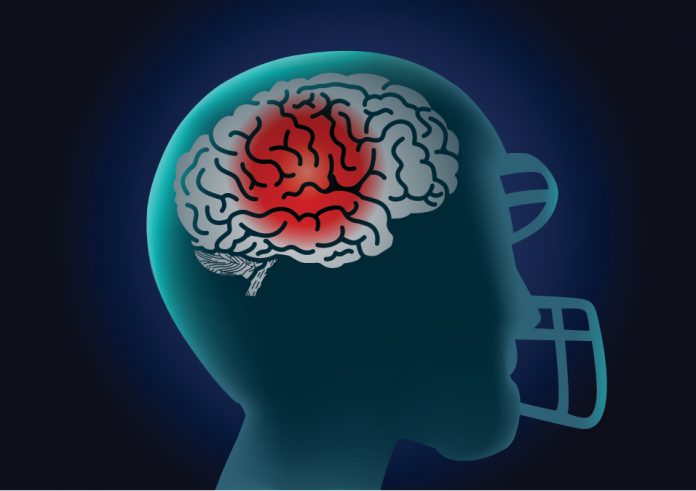
A research team at the Translational Genomics Research Institute (TGen) recently completed a three-year study of the Arizona State University football program and had created the largest dataset to date of small extracellular RNAs, which are potential biomarkers for diagnosing medical conditions, including concussions. Findings from the new study were published recently in Scientific Reports through an article entitled “Total Extracellular Small RNA Profiles from Plasma, Saliva, and Urine of Healthy Subjects.”
“Large datasets—examining different biofluids, isolation methods, detection platforms, and analysis tools—are important to further our understanding of the extent and types of extracellular materials present when someone is injured or develops disease,” explained senior study investigator Kendall Van Keuren-Jensen, Ph.D., a TGen associate professor of Neurogenomics and Co-Director of TGen's Center for Noninvasive Diagnostics.
The TGen researchers amassed a collection of biomarkers from the ASU student-athletes' biofluids. A portion of that information will be used with data from helmet sensors that recorded the number, intensity, and direction of head impacts during games and practices from the 2013-16 football teams. TGen researchers are using that combined data to potentially develop new diagnostic and therapeutic tools.
“Concussion safety, protocol, and diagnostics are key components of Sun Devil Athletics' student-athlete welfare program,” stated Ray Anderson, ASU Vice President for University Athletics. “Our partnership with TGen and the research conducted with these biomarkers will ideally provide doctors, trainers, and administrators with a mechanism to proactively safeguard the health of our student-athletes. We are proud and excited to be a part of this groundbreaking study that will significantly expand research in this important area of scientific discovery.”
The TGen team has made the data from this study open access in order to aid other researchers studying how to develop tests for the detection and extent of injuries involving everything from automobile accidents to battlefield explosions. Moreover, sensors in the ASU student-athlete football helmets were wirelessly connected to a field-level computer as part of the Sideline Response System—a head impact monitoring and research tool developed and deployed by Riddell, a leading provider of helmets to the NFL and major college football teams.
In the current study, the investigators used advanced genomic sequencing to identify the biomarkers of extracellular RNA (exRNA), which can be detected in biofluids. TGen sequenced the biomarkers from among 183 blood samples, 204 urine samples and 46 saliva samples derived from 55 consenting student-athletes, ages 18-25.
“The small RNA profile of each biofluid is distinct,” the authors noted. “These data significantly contribute to the current number of sequenced exRNA samples from young healthy individuals. These data will help inform us about how best to develop additional tools to enrich and capture specific types of information.”
Co-senior study author Matt Huentelman, Ph.D., a TGen professor of Neurogenomics concluded that “we have tried to provide the most comprehensive profile of the small RNA species detected in our samples. This information may prove to be essential as the field moves toward using RNA expression changes for the detection of health, disease, and injury.”













